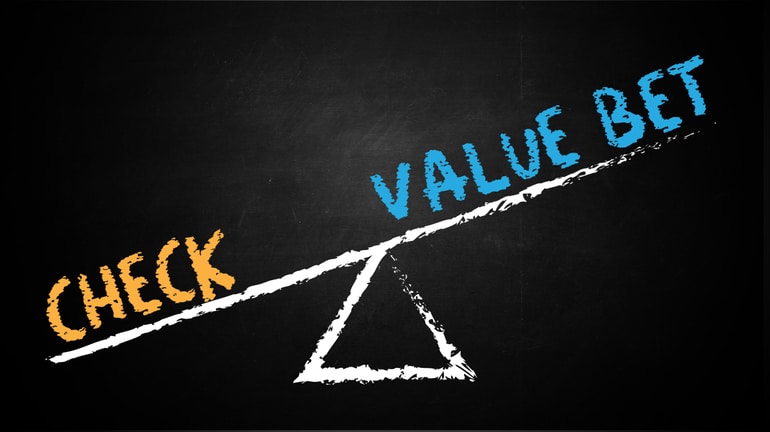The valuebet is a bet on a possible outcome of a sports match whose probability has been underestimated by the bookmaker, who has consequently assigned a better rating. An interesting advantage if you know how to detect it.
Definition Of Valuebet

When a bookmaker estimates the odds of an event, he is in fact setting the probability of that event occurring. The conversion of odds into probability is done as follows:
- 1/quote x 100 = % chance that the event will occur.
This is the job of the “Bookmaker”: to set the odds correctly and to avoid too great a variation in the odds. It is therefore a matter of increasing the odds as much as possible to attract the bettors, but also to ensure that the odds are not too high, so as not to pay too much money to the winners. It can happen that the bookmaker underestimates the chances of an event happening.
Then there is Valuebet, the opportunity to bet on an event with higher odds than it should be. Of course, the fact that the Bookmaker has underestimated an event does not mean that the event is going to happen. The value of Valuebet, like all other sports betting techniques, is calculated in the long term.
Example Of Valuebet
Example: Over a certain period of time, let’s choose to take a series of bets at €10, each bet has a 50% probability, if the odds are right, it will then be 2.00. The average winnings expected at the end of this period are zero. The bets will compensate each other. Now, let’s imagine that the probability of these bets remains the same, but if the bookmaker makes a mistake and the odds are higher than 2.00, then we can expect at the end of the period to make a profit.
You now have a small idea of the usefulness of value bets in the long term. By betting on value bets you will not win all your bets but the average expected payout will be greater than if you select other bets.
How To Detect It

But all of this is useless if you can’t spot these valuebets. The first method consists in relying on one’s own estimation capacities, and comparing one’s estimation with that of the bookmaker. This method is the simplest, but also the most risky, since it relies on your personal knowledge and experience. You have to analyse all the parameters and find out your probability, and then compare it with the bookmaker’s. If yours is higher then you have found a value bet.
The second method, much more pragmatic, consists of using an odds comparator, by identifying the possible differences between an odds (the value bet) and the rest of the odds offered by other bookmakers.
